So, you are looking to move to Gothenburg! That’s great! I have lived here for just over 3 years and over that time have completely fallen in love with the city. Growing up in the countryside of Cornwall, and then moving to Sydney, Australia, Gothenburg is the perfect mix of the two. A small city with big aspirations, it has everything you could want from a city, with the bonus of being so close to nature and the archipelago. But, however great the city is, it is always difficult to move to a new place and get to know how everything works.
So, I have put together this comprehensive guide of everything you need to know before moving to Gothenburg to help! This guide includes everything from finding housing and getting a bank account, to learning Swedish and second hand shopping. If there is anything you want to know that hasn’t been included, I would love it if you could leave a comment at the end of the article and I will make sure to add it in for you!
So, let’s get started!
This guide includes:
- Things to know about Gothenburg
- Finding somewhere to live
- Public transport
- Shopping
- Banking in Sweden
- Learning Swedish
- Finding a job
- Top Tips for daily life
- Cost of living in Gothenburg
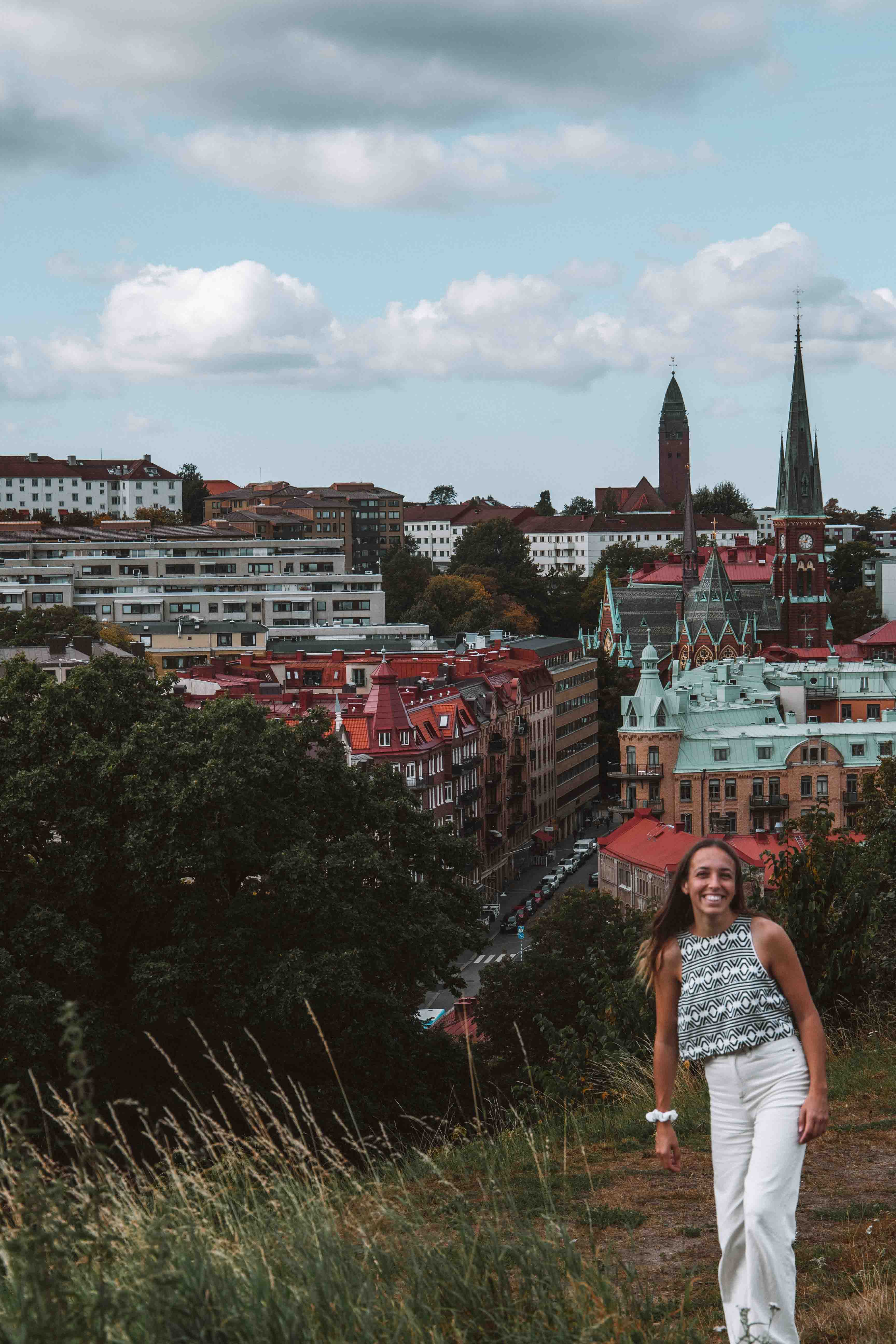

Things to know about Gothenburg
Population: 580,000
Language: Swedish (although you will find most people in Gothenburg speak English and possibly one other language)
Gothenburg or Göteborg?
In Swedish, Swedens’ second largest city is called Göteborg, however, as this is often hard to pronounce for English speakers, it has the official translation of Gothenburg. You will find most people refer to the city as Gothenburg when speaking English so this is nothing to worry about!
Can you drink the tap water in Sweden?
Yes, you can drink tap water in Sweden. This is one of the best things about living here, it’s never had to find drinking water. It is good to know that tap water is free when dining out. In restaurants you can usually get a bottle delivered to your table, and in cafes it is usually self serve.
Is Gothenburg well connected?
Yes, Gothenburg is well connected to the rest of Sweden and the rest of Europe, however it does take a little longer than from other cities such as Stockholm or Malmö. But, what I love most about Gothenburg is that it is right in the center of Scandinavia in a way, with only a 4 hour train journey to Stockholm, Copenhagen and Oslo! It makes traveling super easy to these major cities.
While Gothenburg doesn’t have any international train routes (yet), it is on a few bus routes that go to Germany, and most train and most other train connections to further south in Europe start in Copenhagen (or Stockholm if you want to take snälltåget to Berlin). The same goes for ferries – by which you can travel to Trelleborg and Stockholm in a similar amount of time and take the ferry to Helsinki, Tallinn, Lübeck, and a whole load of other places!
While Gothenburg does have an airport with flights to quite a few destinations in Europe, including Barcelona, London, and Budapest, it can be harder to find flights outside of Europe. Luckily, as with other connections, Copenhagen and Stockholm are not far away and it is really easy to find flights to almost anywhere from one of these two airports.
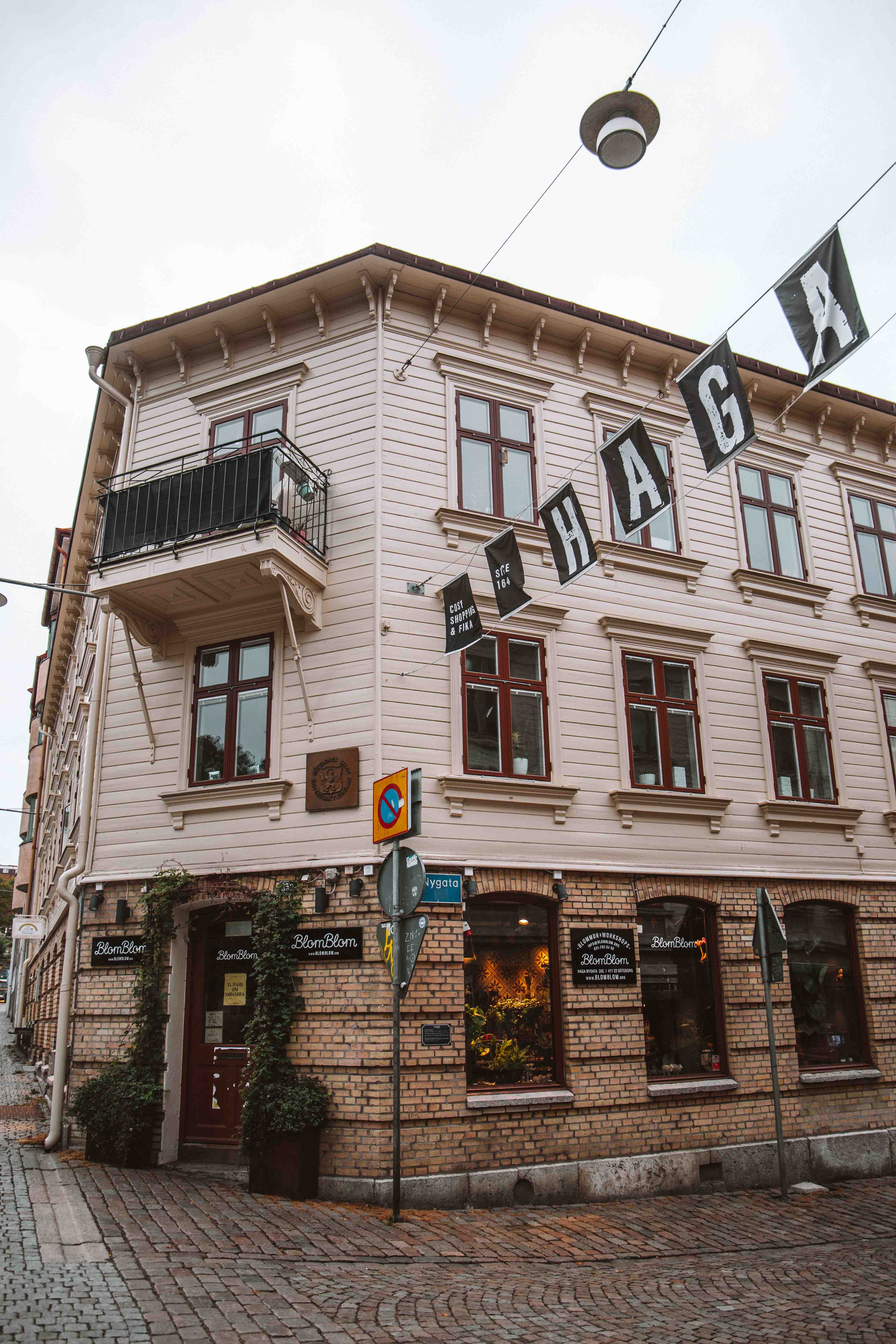
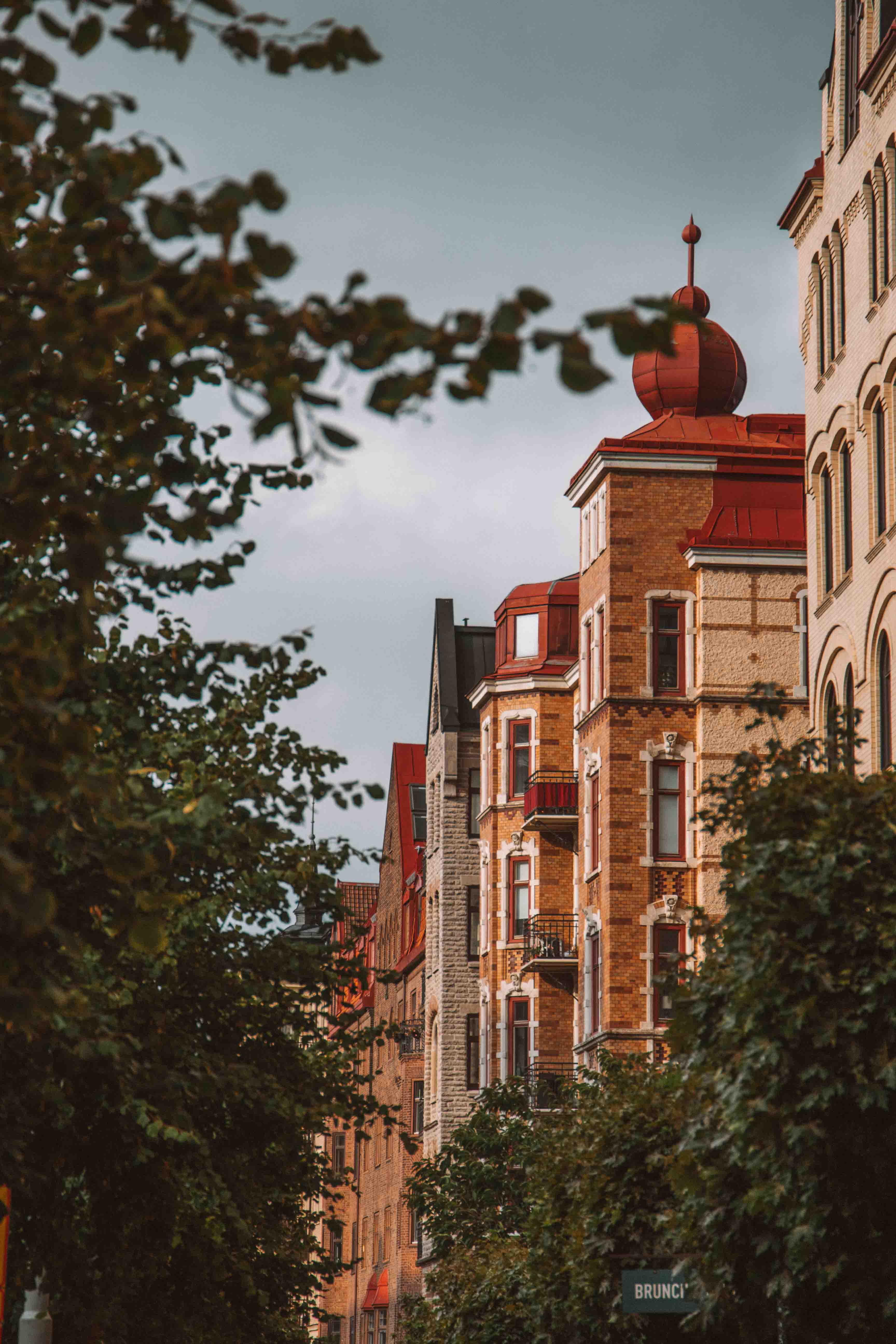
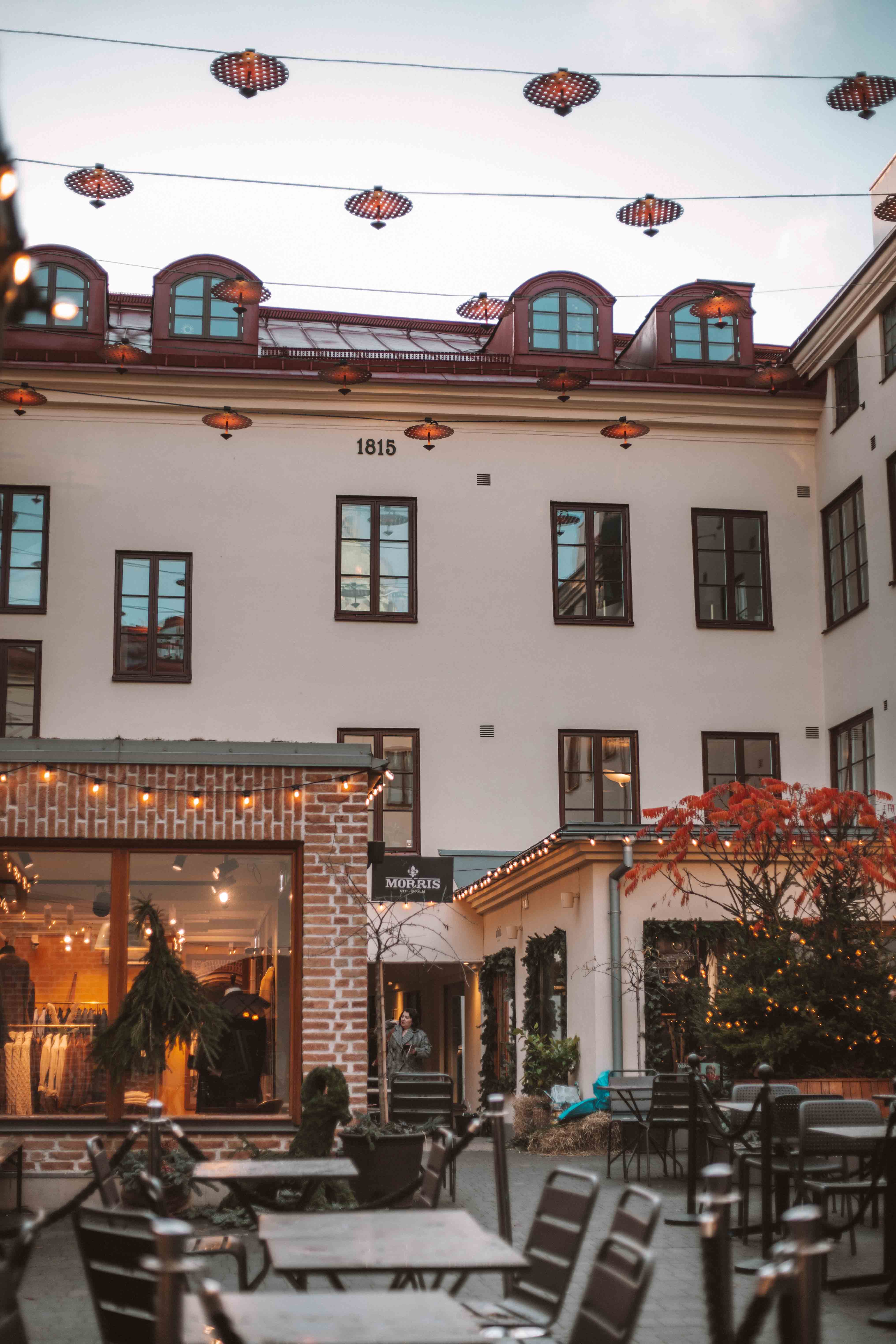
Finding somewhere to live in Gothenburg
How to find an apartment
Renting
Renting in Sweden can be a little complicated and definitely overwhelming when you first move to Gothenburg. Basically what you need to know is that there are two types of renting – first hand (förstahand) and second hand (andrahand).
First Hand Contracts
First hand contracts are where you rent an apartment directly from either a private person or housing association that usually own the whole apartment complex. These contracts can often be hard to come across.
If you are looking to stay in the city for a while, the best thing to start with is to sign up to a housing list for Gothenburg. Basically these work in that you earn points for every month you are on the list, and when apartments come up for rent, they usually go to those with more points! It is quite a competitive system and it can often take years to acquire the amount of points needed for more popular areas.
Another way to get a first hand contract is to look at private landlords or smaller housing associations who may have their own list or apartments for sale. The best way to do this is to just contact these organisations and ask whether they have any apartments coming up for rent. This is most likely found with new apartments being built for rent.
Second Hand Contracts
Second hand contracts are usually a little easier to find! These are people who own apartments, or have first hand contracts for apartments, who are renting them out for a certain period of time.
There are several places to find these – in my experience the best are on Blocked Bostad or Facebook groups!
There are quite a lot of Facebook groups for apartments – “lägenheter i Göteborg”, “lägenheter Göteborg”, “boende i Göteborg”, and “Studentbostad I Göteborg” (for student apartments) to name a few. Here people post apartments they are renting out, and you are free to post a description and photo of yourself and what you are looking for. Make sure to include whether you have a pet, how much you want to spend a month, and how many rooms you are looking for!
Blocket is a popular website for selling furniture and other second hand items. Their housing section “Blocket Bostad” is another place where private individuals usually advertise apartments. As always, you have to be wary here for scams and never send anyone money before you have seen an apartment! But, it is usually quite a reliable way to find a place to live in Gothenburg.
The best areas to live in Gothenburg
Most areas of Gothenburg are really nice to live in so picking a suburb is not that hard. However, there are a few less attractive areas that most people will tell you to avoid. These are the areas surrounding Biskopsgården and Angered, both to the north of the city.
If you want to live centrally, the area of Haga and streets off of Linnégatan are very popular. They are also much more expensive and a lot of people opt instead for Majorna or Olskroken. The outer suburbs of Högsbo, Frölunda and Johanneberg are also very popular.
If you don’t mind living a little bit further away, I recommend looking into Kungälv and Ale Kommun in the north. These are very commutable areas by bus and train and you can be in the city centre within 20 minutes. The apartments are much cheaper here, and Kungälv itself is a smaller city so has most things you need without having to travel to the city center. Alternatively, Mölndal is a lovely area in the south that is still connected by both tram and train lines.
If you want to live near the coast look at the areas of Askim, Näset and Fiskebäck. These areas are a lot more expensive and mostly made up of houses and not apartments.
If you want something a little different you can also look at living out in the Gothenburg archipelago! A lot of these islands are inhabited year round and it is a nice commute taking the ferry to the city every morning. Look at Styrsö or Hönö to get started!
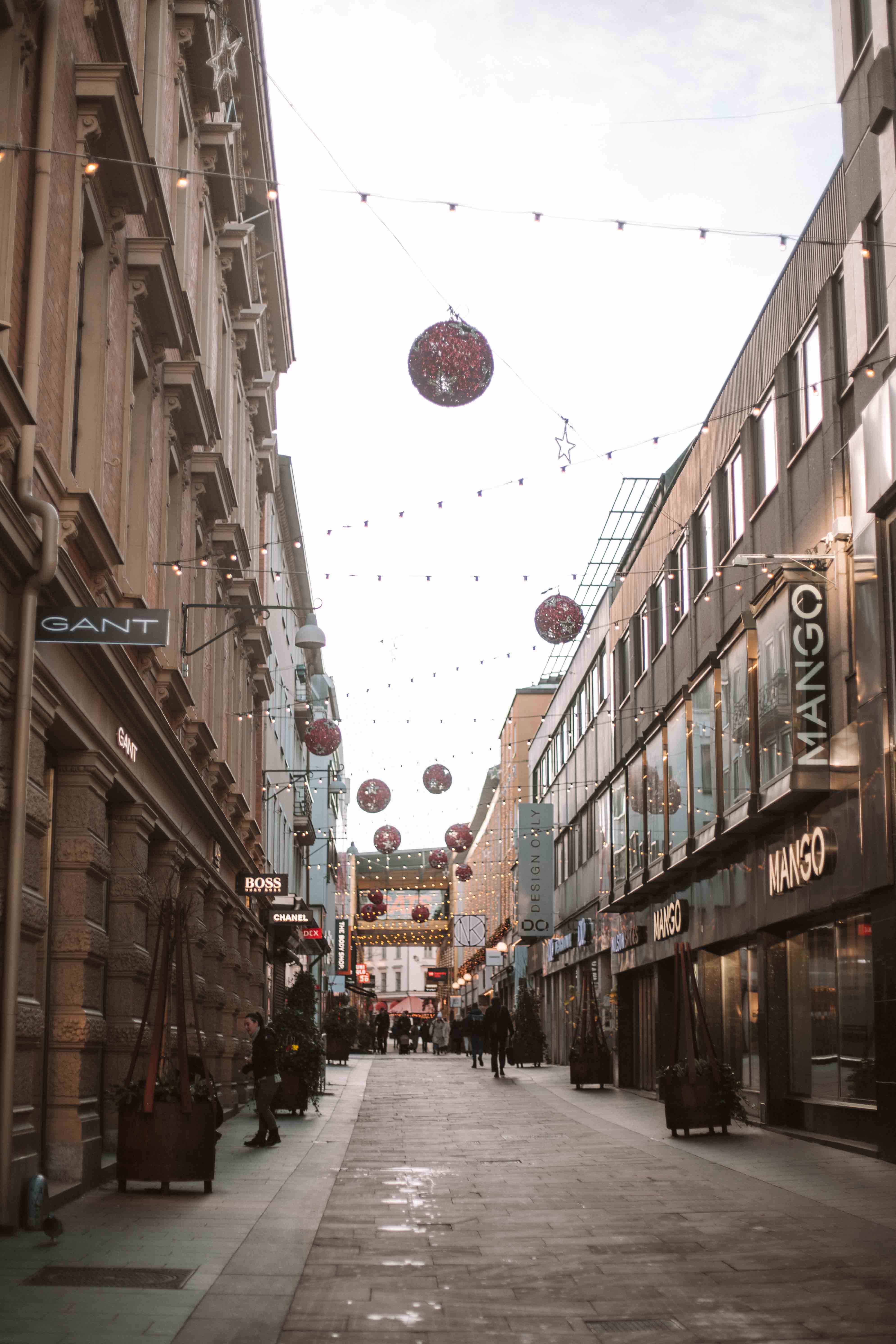
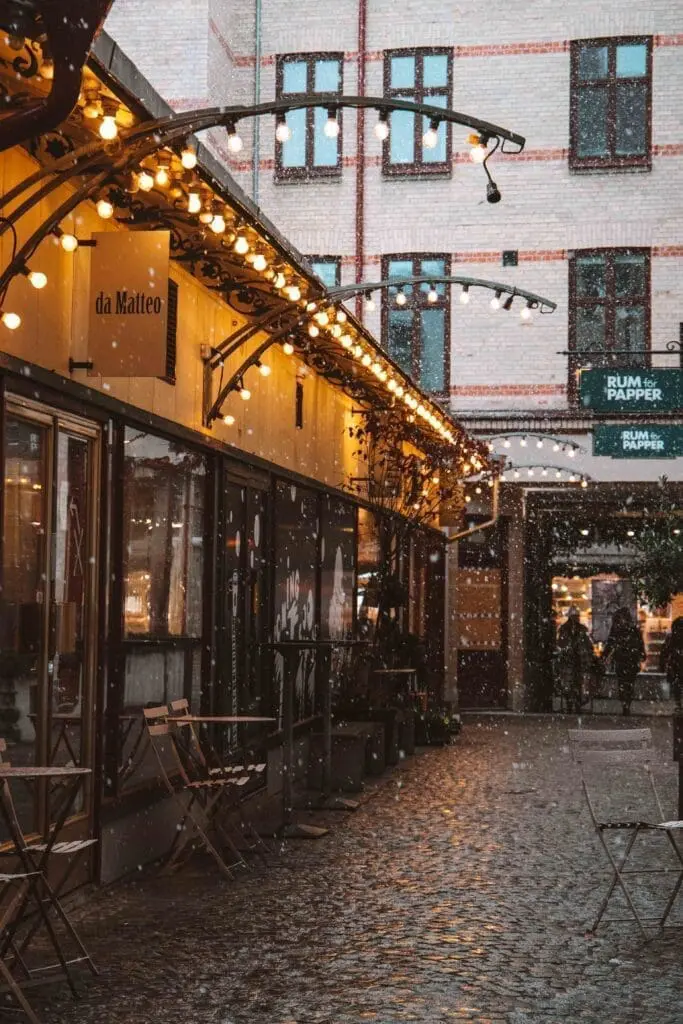
Public Transport in Gothenburg
Public transport in Gothenburg is great. There are 12 tram routes across Gothenburg that keep you pretty well connected, and, if you can’t reach somewhere by tram, there is a bus or a train that will take you close enough. Maybe it will seem a little complicated to begin with, but only a few weeks after moving to Gothenburg everything will start to seem simple.
Unfortunately, public transport here is quite expensive in Gothenburg and Sweden as a whole. Tickets are sold on a time basis, so with a single Zone A ticket (inner city Gothenburg) you have 90 minutes of travel for 35kr. You can also buy period tickets which last for 30, 90 or 365 days. These end up being a bit cheaper if you are using public transport every day.
How to buy public transport tickets
The best way to buy a ticket is to download the Västtraffik app “To Go”. With the app, you can look up journeys, buy tickets and get bonuses. If you buy 4 single tickets in a week you get 20% back which basically means buy 4 get one free. If you don’t travel that often then this can sometimes work out to be cheaper!
The app works for trips within Västra Götaland which can take you to places such as Strömstad in the north, or Mariestad in the East!
If you are traveling to nearby cities in different regions, such as Varberg, you can sometimes buy tickets on the “To Go” app even though they are with different train lines. This is actually a cheaper way to buy these tickets as they don’t change price as you get closer to the departure!
If you want more tips on traveling in Sweden on a budget you can find them here!



Shopping
Grocery shopping in Sweden
There are 5 big grocery stores in Sweden – ICA, Coop, Hemköp, Willys and Lidl. Aside from Lidl, they mostly sell the same products for a similar price. Groceries are generally quite expensive in Sweden so be prepared to spend a little more than at home. If you want to save some money, I recommend either shopping at Lidl or finding bigger stores like ICA Maxi and Store Coop. These usually have a bigger variety of foods and cheaper prices than the smaller stores.
Alternatively, if you want a more sustainable place to shop then make sure to stop by Fram Haga, Kooperativ Handel near Järntorget. This is a shop that not only stocks ecological foods, but you can also bring your own containers and buy products without packaging. It is a lot more expensive here but it’s a great place to shop if you can.
Buying alcohol
The only place you can buy alcohol is in the state run shop Systembolaget. While they do sell beers in the supermarket, these are only the low alcohol beers known as “Folköl”. Systembolaget is open from Monday to Friday and half days on Saturday. They are closed on public holidays so there is usually a massive queue outside on the day before Midsummer or Christmas.
Banking in Sweden
There are a lot of banks to choose from in Sweden, all with similar accounts and rates. It is best to look them up yourself when deciding who to bank with. A common problem setting up a bank account in Sweden is that most banks require you to have a personal number. I was lucky enough to open an account with both Nordea and Swedbank without this but like most things here, it depends on who you get handling your case. Along with Nordea and Swedbank, Handelsbanken and SEB are the biggest banks in Sweden, with offices in most cities.
A Cash Free Society
Cash is very rarely used in Sweden and you will find that a lot of shops don’t even accept cash as payment any more. While using a card is probably the most common form of payment in Sweden, you will soon get to know Swish. This is an external app you link to your bank account which allows you to instantly send money to anyone else with Swish.
A lot of restaurants and shops now also accept Swish, and it is the most common payment used if you are buying something from Facebook Marketplace, or even small stalls like you will find at Gothenburg’s Christmas Markets. Don’t worry, these stalls likely also accept either cash or card so you won’t be stuck without swish, however, it’s definitely worth looking into as soon as you have a personal number!
How to get Swish
To get Swish you need a Bank-ID. This is something you can only get if you have a personal number. If you don’t already know about Bank-ID, it’s the main form of authentication that is used in Sweden, not only for banking but in logging into any account that is tied to your personal number. This could be your ICA membership, or your gym card.
Here’s a few useful links if you want to know more about Bank-ID and personal numbers which I recommend reading.

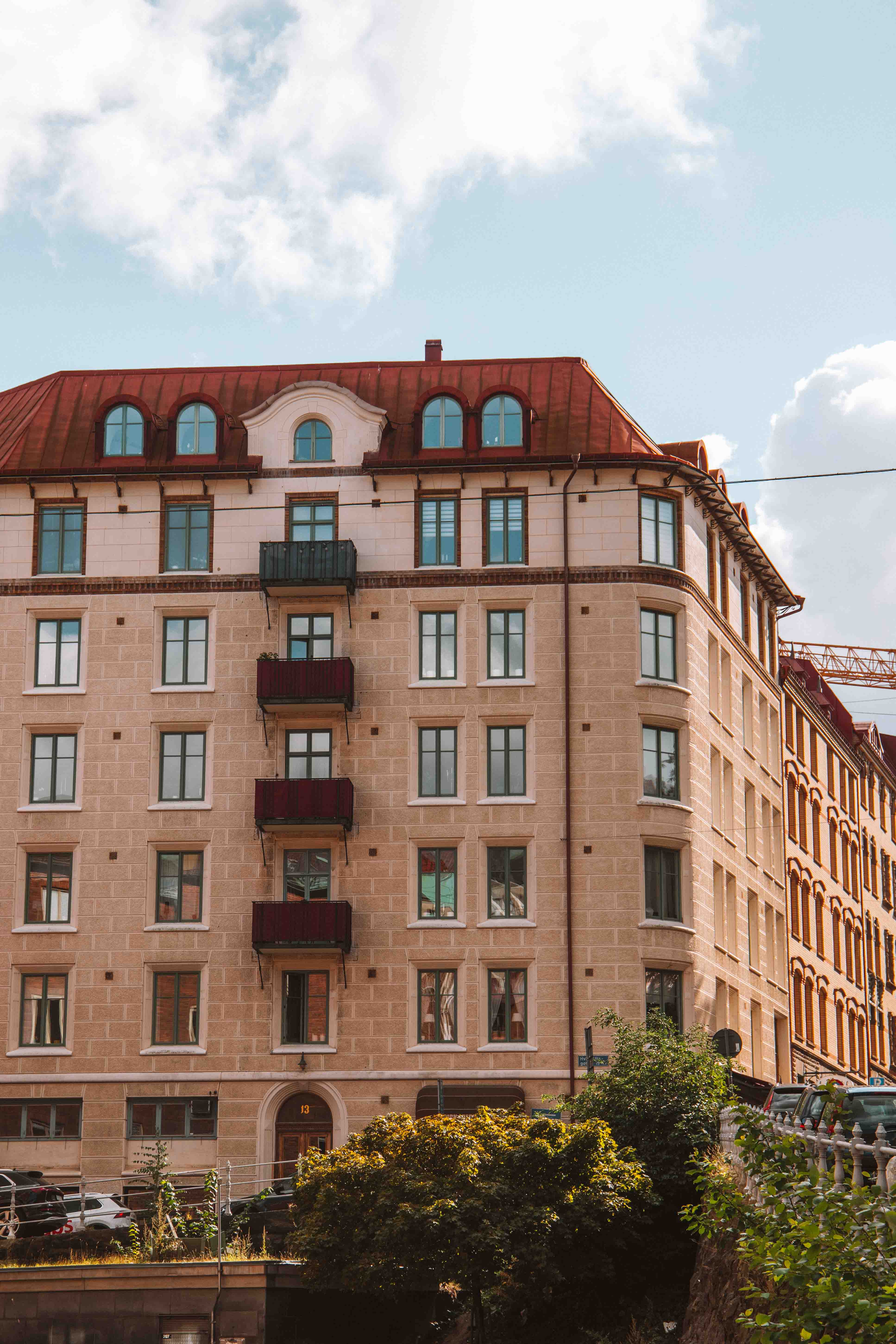
Learning Swedish
There’s a multitude of classes you can take to learn Swedish and I am sure all of them are good, but I will only recommend two in this post.
The first is the government run course program Svenska för invandrare (SFI). This is free and available to all people who move to Sweden. All you have to do is register with your Kommun and they will put you directly into classes. I did this and had a great experience with it. I had a very small class and was able to learn a lot in the few months I was there. These classes are run entirely in Swedish (as not everyone in the class speaks English) and some people can find this hard but I truthfully think it was the best way they could have done it. Not knowing a word of Swedish, they taught in a way where we could still understand phrases through gesture and imagery. By the end of the first week I could have a basic conversation.
The second is with Folkuniversitet. They have several courses you can do depending on your goals and situation. These courses are paid but can be good if you want something short and intense. You can read about all their courses here.
Like any type of learning, you will get the most out of both of these classes if you also practice in your own time. Watch Swedish TV with subtitles, read children’s books, take notice of your surroundings, and study in your own time.
Finding a job
Finding a job in Gothenburg can be really easy, or really difficult, depending on your education, Swedish level and work experience. My personal experience was looking for a job during the pandemic when no one was really hiring so it took me just over a year to find a job. However, I then started studying for a Masters Degree at Gothenburg University and applied for a few part-time jobs in the industry and got offers for all of them. Timing can make a big difference so even if it can seem hard, don’t give up!
Where to look for a job in Gothenburg/ Sweden
There are two places I recommend looking for a job. The first is Platsbanken by Arbetsförmedlingen. This is a government agency website and has by far the largest number of job postings for all industries. The other place I recommend looking is LinkedIn. A lot of jobs are posted here for bigger companies and international roles. If I have learnt one thing, it’s that networking is very important in Sweden. So, the more you have on your LinkedIn, the better your job prospects will be.
Can you get a job in Gothenburg without speaking Swedish
Yes definitely, but it will be a lot harder! Bigger companies often have English as their corporate language, but it tends to be appreciated if you can speak Swedish. Often the job postings state whether Swedish is required, but whether the post is written in English or Swedish is usually a good sign!
Finding a job in a service role, such as as a waiter, bartender or working in a hotel is a little bit easier without Swedish. A lot of bars tend to hire non-swedish speakers, together with international chain restaurants and shops such as Uniqlo or Zara. However, I would still recommend learning a few basic phrases that are necessary for these roles, it will make it a lot easier not only to get the job but to actually do it.
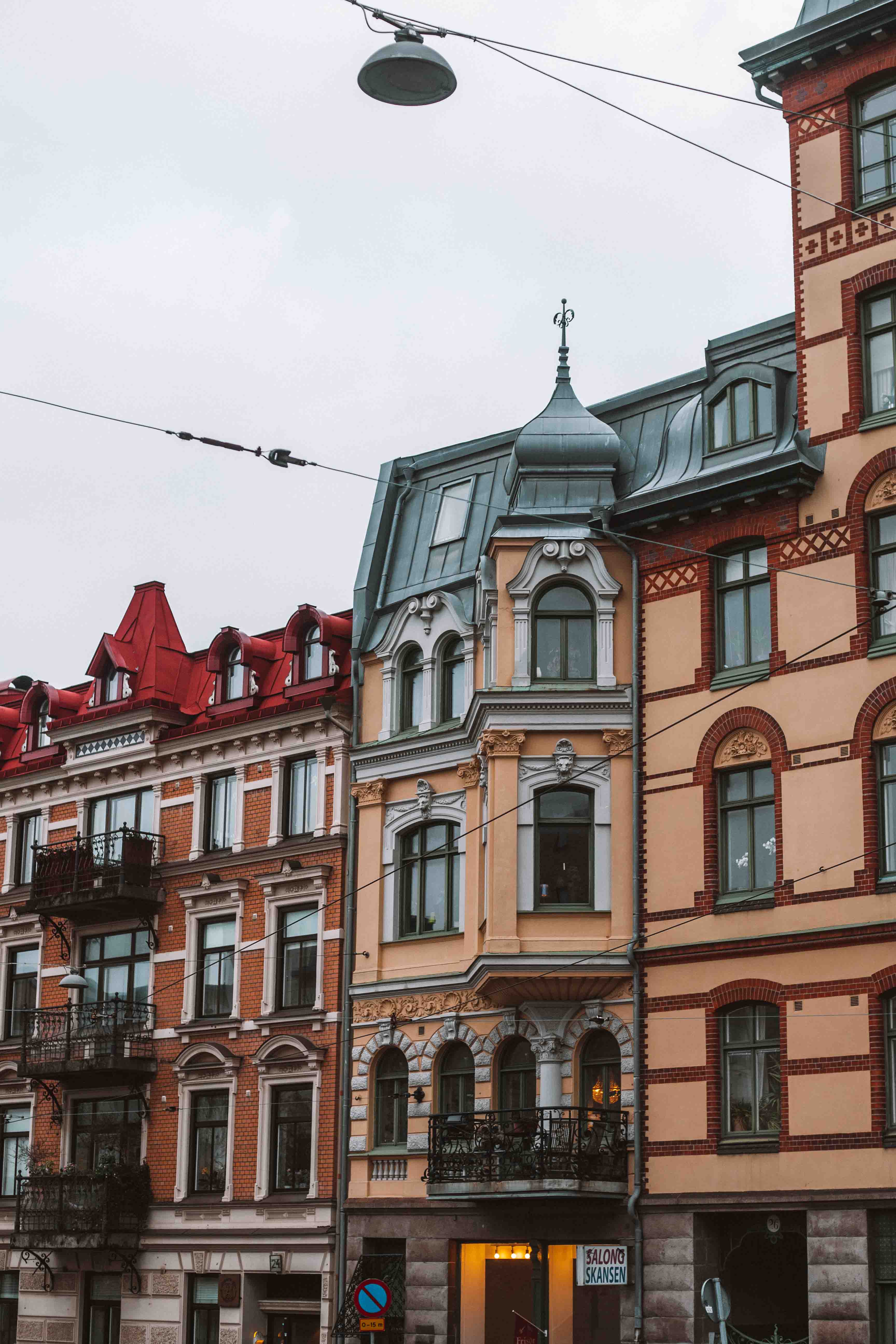

Top Tips for daily life in Gothenburg
Cafes
Coffee and Fika are a big part of Swedish culture and something it’s not hard to get in on. And one thing that is so great about Gothenburg is all the cosy cafes spread throughout the city. There is nothing better to get you through the short winter days than sitting inside a cosy space, drinking coffee and eating cinnamon buns with friends.
A few of my favourite cafes are Ahlströms Konditori, a really traditional bakery with a nice enclosed outdoor area, and Kopps which is great for meeting friends. Da Matteo is known for their great coffee, while Fröken Olssons is a great place to sit and work.
Restaurants
Gothenburg actually has quite a good food culture, with more and more restaurants opening up that have good food and vibes to go with it! A few of my favorites are Toso on Avenyn which has the coziest atmosphere, and some of the best food in the city, and Hello Monkey is somewhere we always go back to. If you want a cheaper meal, try Benne Pasta, or go next door to Bar Etsy for a big city feeling.
Want a more indepth guide? You can find all my food guides below:
- A Guide to the best Fika in Gothenburg
- Brunch in Gothenburg
- Restaurants and cafes in Gothenburg not to miss
Second hand stores
There are so many second hand stores in Gothenburg that you won’t find it difficult to find one you like! Firstly, you can’t go wrong with Myrora near Järntorget. This is a three story second hand shop with homewares, furniture, old paintings, board games, and two levels of clothes. It is quite retro but you can find some amazing gems here!
Secondly, I recommend Arkivet in Järntorget. This second hand shop is a bit more expensive as they curate what they sell to a much higher level! You will find a mix of branded and cheaper clothes, all really high quality and in season. This is a great place to shop for good jeans and coats, and while you have to pay a bit more it’s usually worth it.
If you want to know more, make sure to read this post on the best second hand stores in Gothenburg where I have included all my favorites for clothes, furniture and bits and bobs!
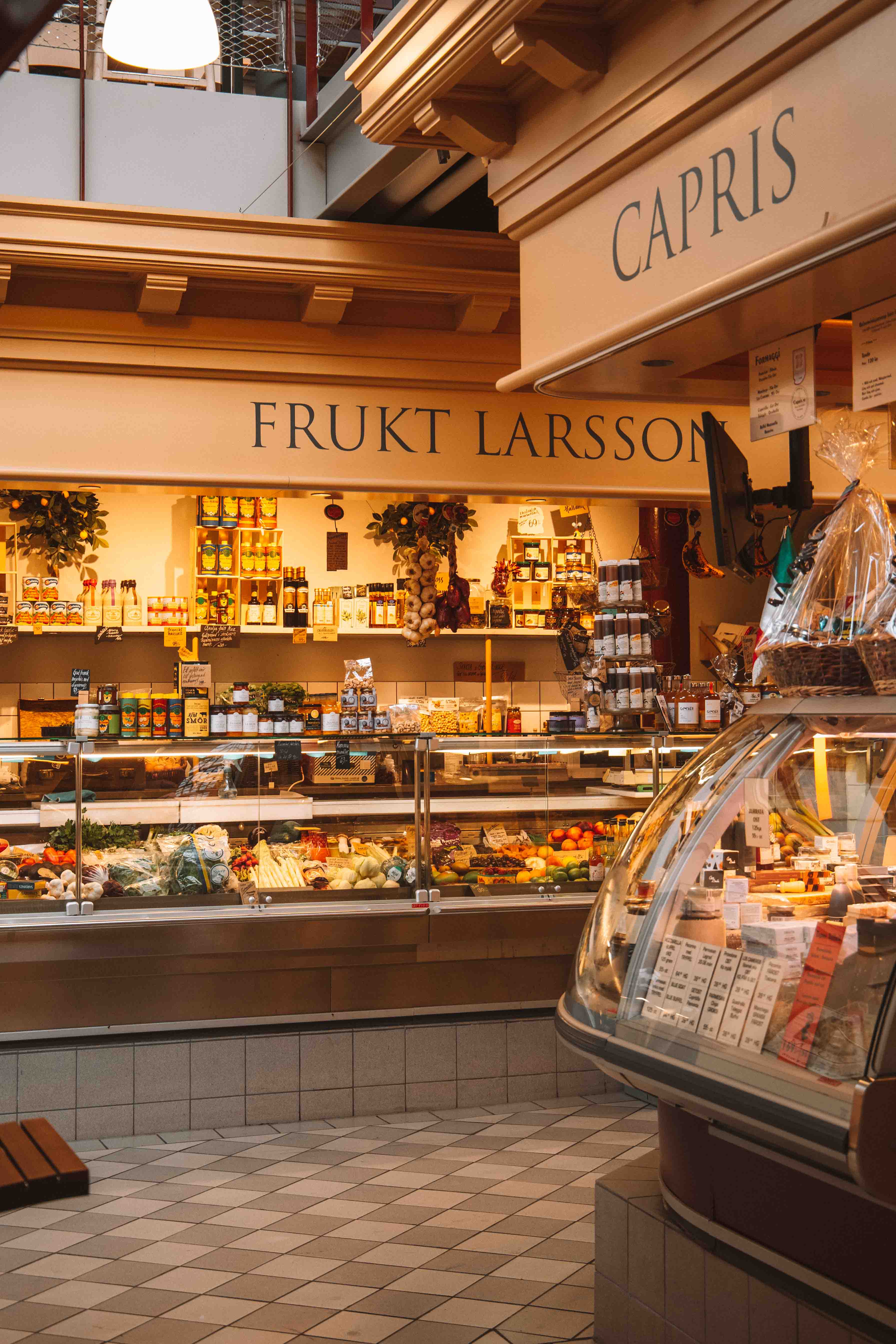

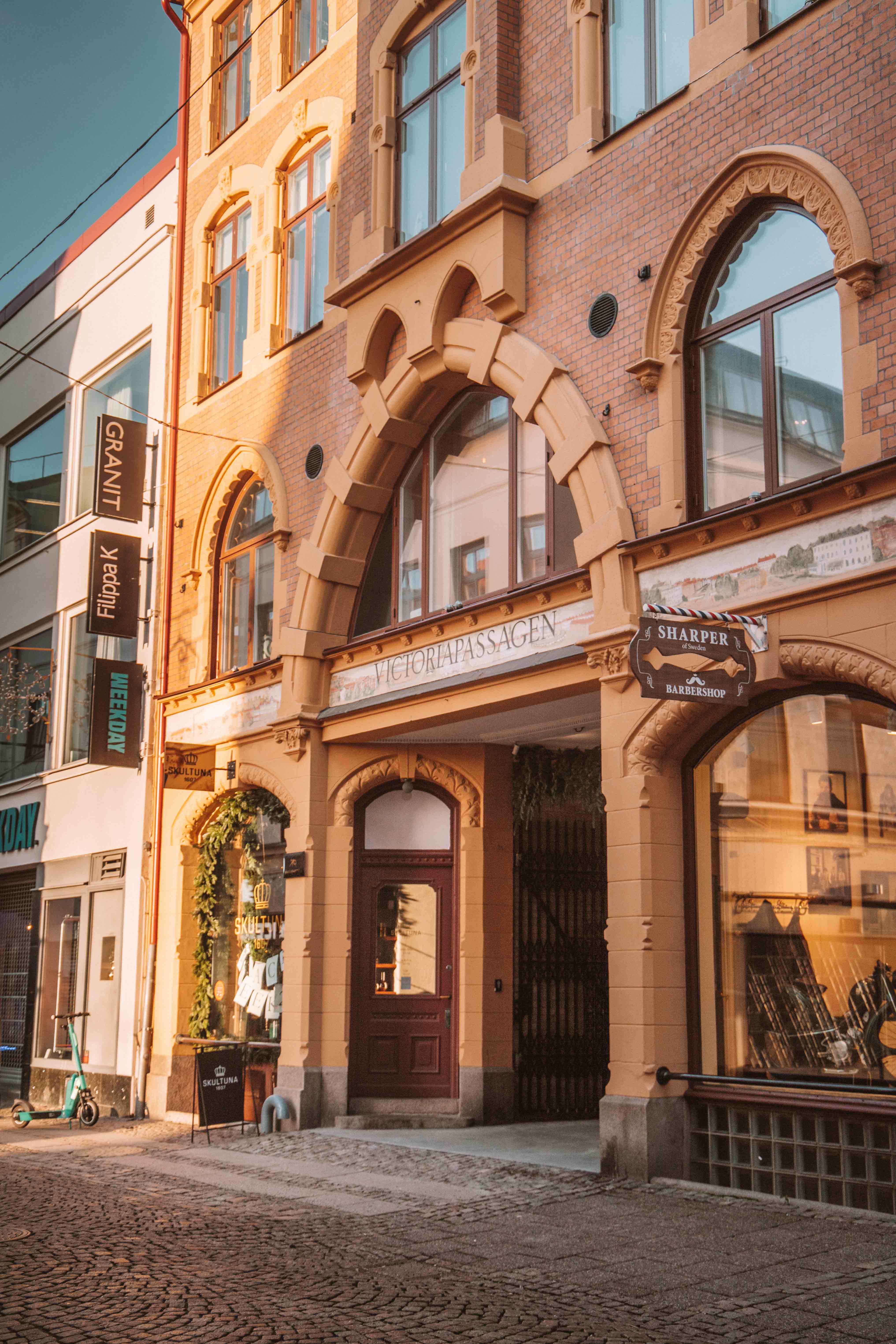
Making friends in Gothenburg
This point could be a whole blog post in itself, but to keep it short, I have found the best way to make friends is to just put yourself out there. It is never going to be easy, especially in Sweden where most people are a bit more reserved and held back. One of the first things I recommend doing is joining a few Facebook groups for people with similar interests!
My favorite is “Gothenburg Girls Gone International” which is a group for women who have moved to Gothenburg and want to meet new people. They hold monthly meetups and there are a few other clubs that have started within this – including a book club, a writers club and a badminton team!
Some other groups I recommend are:
- Expats in Gothenburg
- Professional Women in Gothenburg
Another tip is to join local groups with people from your home country. Maybe you don’t want to meet people from home, but it can be really useful when you have specific questions to ask and need people that will understand the context! For me, it has helped a bit with homesickness, being able to connect with people who are going through the same things.
Nature around Gothenburg and Allemansrätten
One of my favourite parts of living in Gothenburg is being so close to both the city and nature. Within 20 minutes you can be in the middle of a nature reserve big enough for an overnight hike. Nature is really valued in Sweden and it is very easy to make it a part of your life here, whether it is through hiking, picking mushrooms, or skiing. The best part of this is Allemansrätten which is the right of public access. Within reason, this allows you to walk or camp anywhere in nature. It is one of the best parts about living here! If you want to know more or learn the rules, then check out this post from Visit Sweden!
Want to know more about the nature around Gothenburg? Read these guides!
- A beginners guide to foraging in Sweden
- The Gotaleden – Hiking from Gothenburg to Alingsås
- Vrångö Island guide
- Marstrand Island Guide
- Hiking the Kuststigen
- See them all here
Cost of living in Gothenburg
Below I have calculated our cost of living from living in Gothenburg over the last few years. We have lived quite centrally and on the outskirts of the city so this is the average. As we live together, everything is calculated for two people but I have written the per person cost below. We live quite sparingly so if you are used to spending a little more on luxury items and more expensive food items I would add a little bit more to these costs!
- Rent for apartment with 2 rooms and a kitchen: 11000 SEK
- Groceries 1 month: 2000 SEK
- Public transport: 1630 SEK (2 monthly cards at 815)
- Total per person: 7315 SEK


Living in Gothenburg – An Overview
I really hope this guide helps you navigate your move to Gothenburg! It can be hard moving city (or country) but I hope you like it here as much as I do!
If you want to know more, here you can see all my posts on Gothenburg and Sweden!
If you want more tips on everyday things to see and do in Gothenburg and West Sweden then follow me on instagram at @katiesaway!





